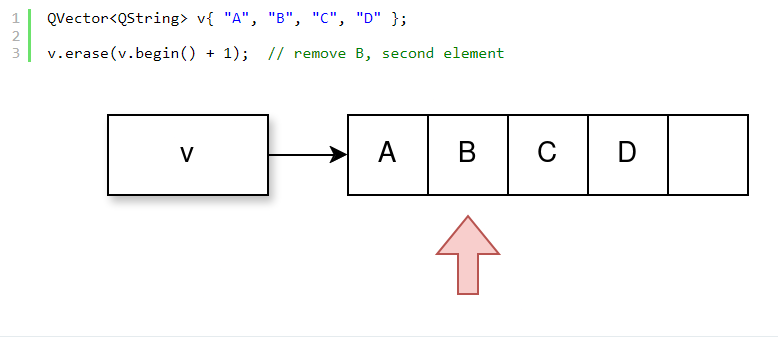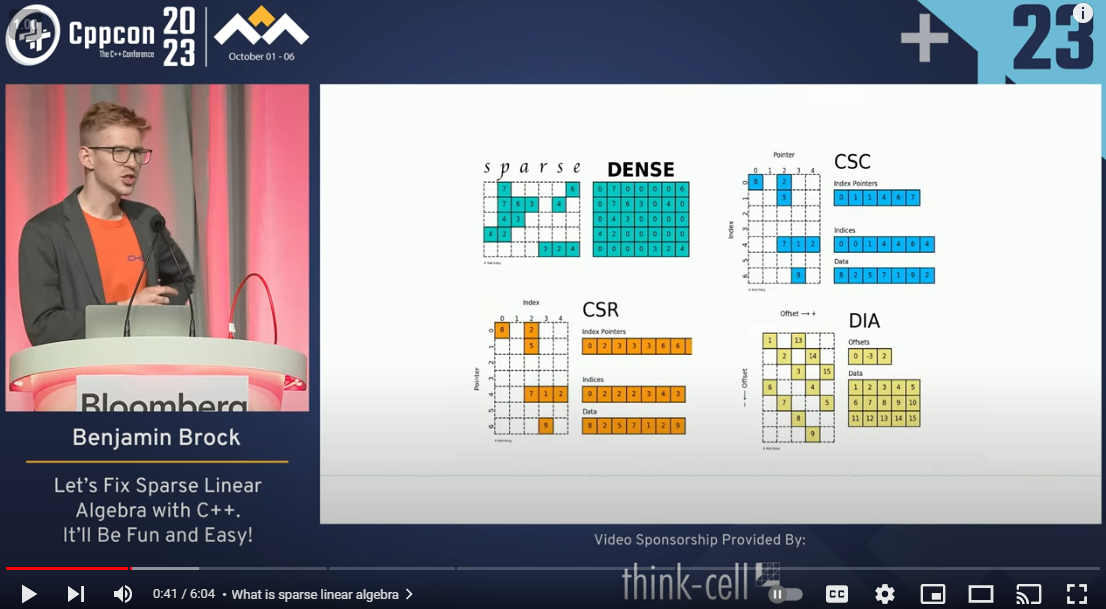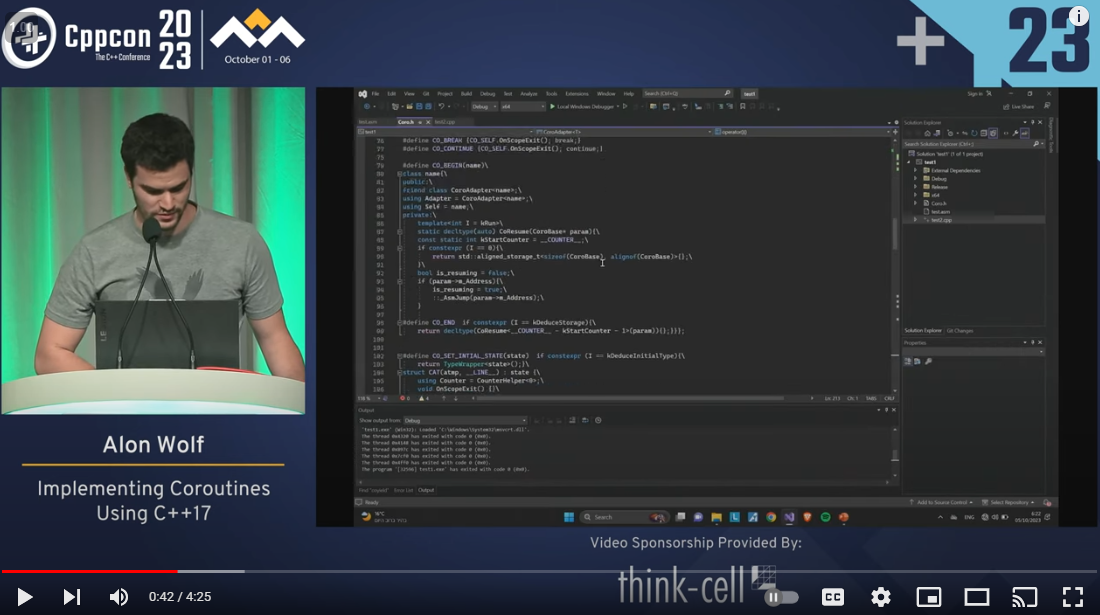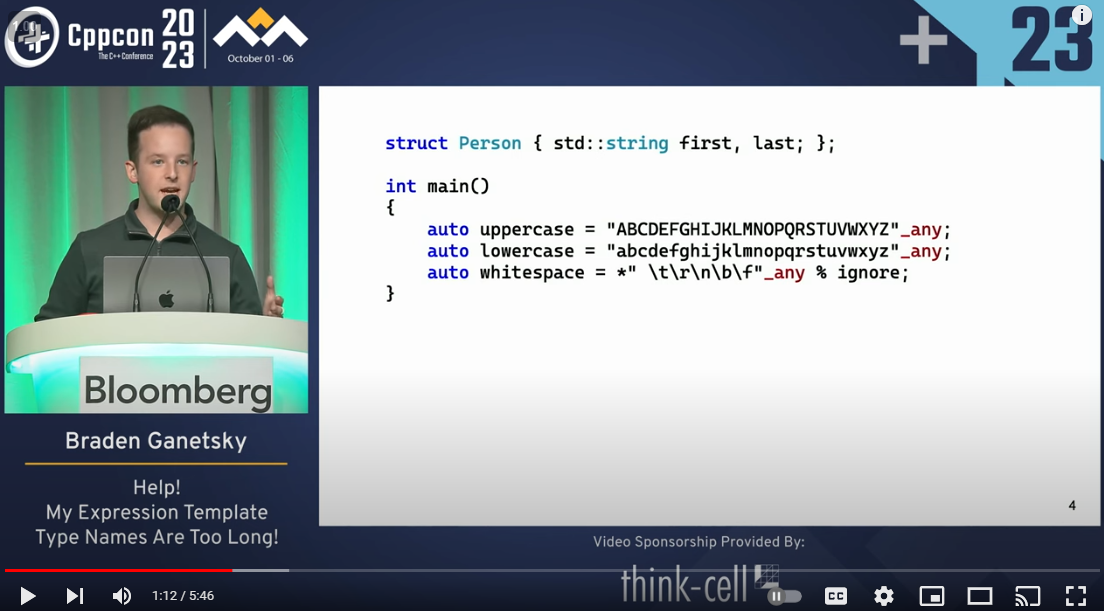Qt and Trivial Relocation (Part 2) -- Giuseppe D'Angelo
 In this installment we are going to explore the relationships between trivial relocation and move assignments.
In this installment we are going to explore the relationships between trivial relocation and move assignments.
Qt and Trivial Relocation (Part 2)
by Giuseppe D'Angelo
From the article:
Last time we started our investigation of trivial relocation by considering an important use-case: reallocating a vector. This happens when a vector reaches its capacity, but more storage is needed.
Let’s now consider a different operation: erasing an element from the middle of a QVector.
How do we go about it?


 Registration is now open for CppCon 2024! The conference starts on September 15 and will be held
Registration is now open for CppCon 2024! The conference starts on September 15 and will be held  Registration is now open for CppCon 2024! The conference starts on September 15 and will be held
Registration is now open for CppCon 2024! The conference starts on September 15 and will be held  This article explores techniques to access specific elements within a C++ parameter pack by index. It delves into the use of
This article explores techniques to access specific elements within a C++ parameter pack by index. It delves into the use of  Registration is now open for CppCon 2024! The conference starts on September 15 and will be held
Registration is now open for CppCon 2024! The conference starts on September 15 and will be held  Registration is now open for CppCon 2024! The conference starts on September 15 and will be held
Registration is now open for CppCon 2024! The conference starts on September 15 and will be held  The opening keynote of
The opening keynote of  Registration is now open for CppCon 2024! The conference starts on September 15 and will be held
Registration is now open for CppCon 2024! The conference starts on September 15 and will be held  Registration is now open for CppCon 2024! The conference starts on September 15 and will be held
Registration is now open for CppCon 2024! The conference starts on September 15 and will be held